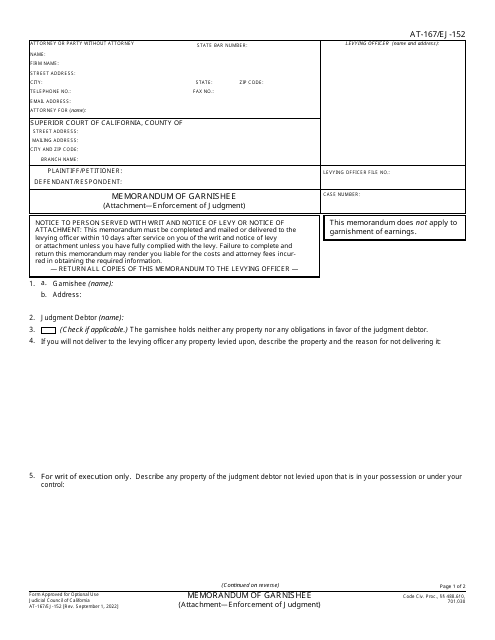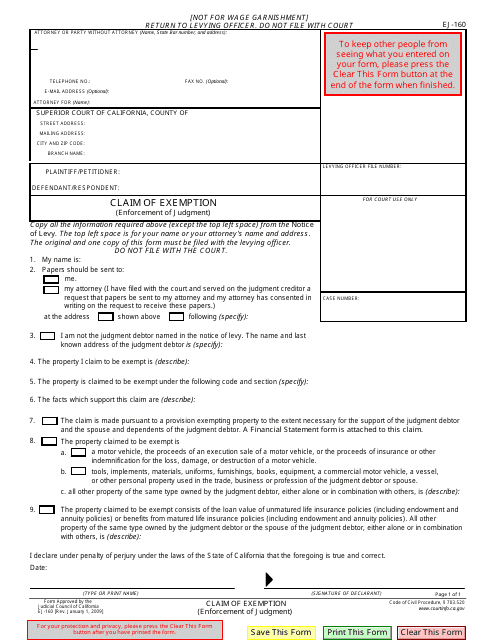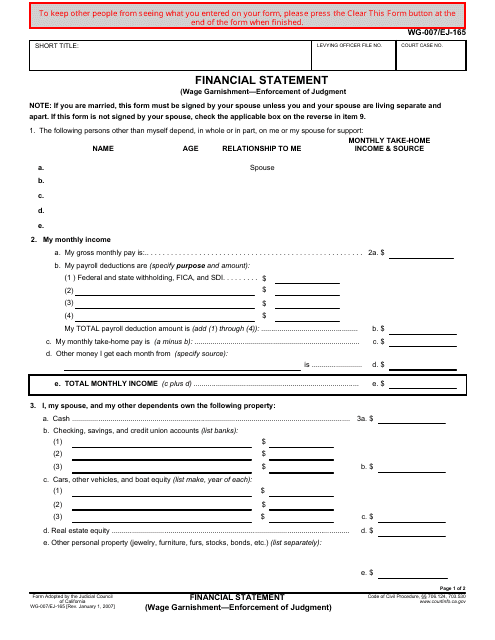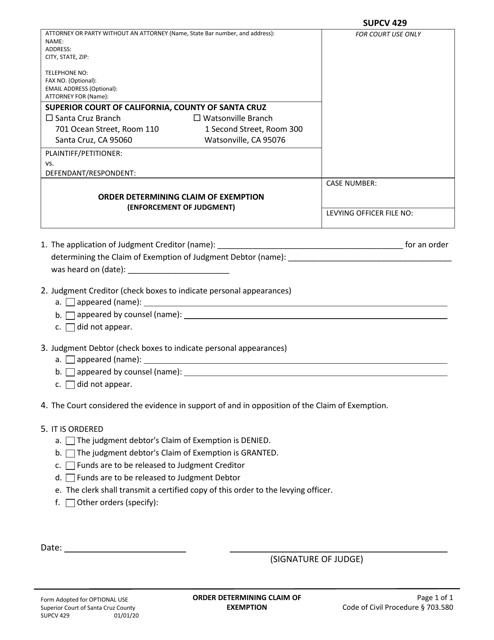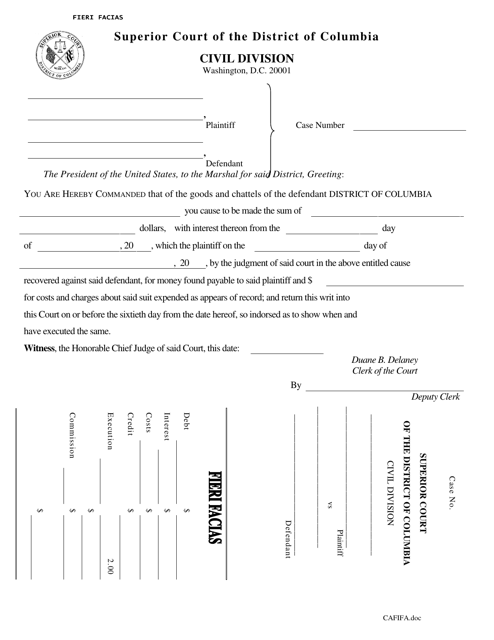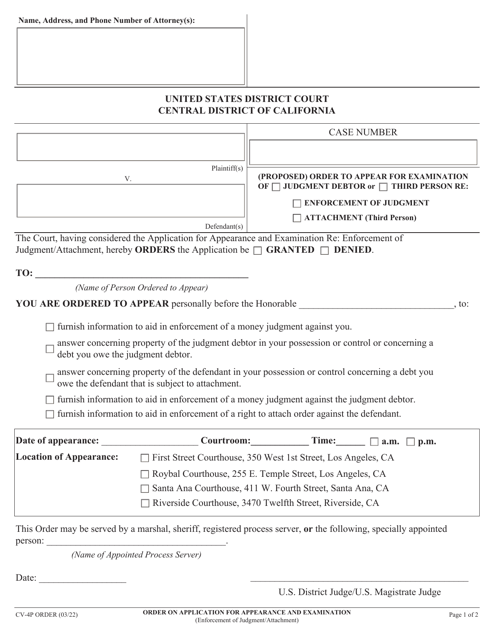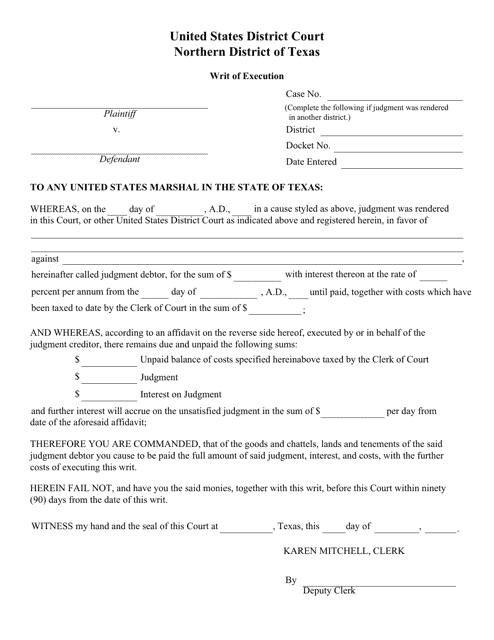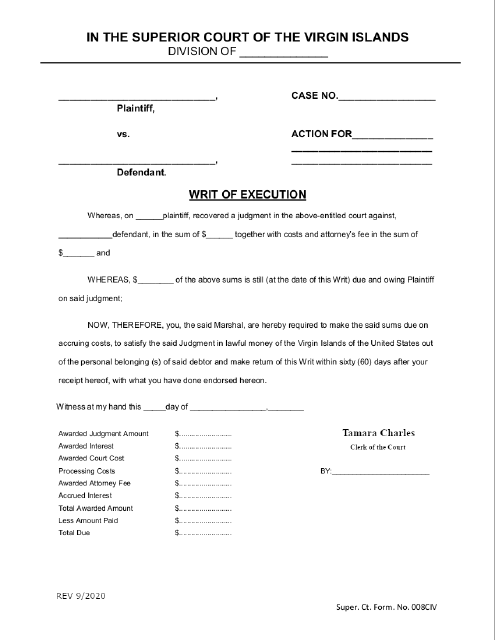Enforcement of Judgment Templates
Do you need to enforce a judgment against someone who owes you money? Look no further than our comprehensive collection of documents for the enforcement of judgment.
Also known as the enforcement of judgment or by its alternate names, our collection includes everything you need to take legal action and recover what is rightfully yours. From the Form EJ-160 Claim of Exemption (Enforcement of Judgment) in California to the Fieri Facias document in Washington, D.C., we have a wide range of forms and applications to guide you through the process.
Whether you are looking to file an Application for Appearance and Examination, an Order for Attachment, or a Memorandum of Garnishee, our documents are specifically tailored to meet the requirements of various jurisdictions, including California.
When it comes to enforcing judgments, it is essential to have all the necessary paperwork in place. With our extensive collection of enforcement of judgment documents, you can navigate the legal system confidently and efficiently. Trust our expertise and let us help you get the results you deserve.
Documents:
15
This form is used for filing a Notice of Lien in California to enforce a judgment. It is also known as Form AT-180 (EJ-185).
This document is used for opposing a claim of exemption in California regarding the enforcement of a judgment.
This Form is used for filing a Claim of Exemption in California when enforcement of a judgment is being pursued.
This form is used for filing a financial statement in California when wage garnishment enforcement of judgment is involved.
This form is used for notifying parties about a lien that has been attached to enforce a judgment in the state of California.
This form is used to determine a claim of exemption for enforcing a judgment in Santa Cruz County, California.
This type of document, known as Fieri Facias, is used in Washington, D.C. It is a writ of execution that allows the seizure and sale of a debtor's property to satisfy a judgment.
This document is used to certify a court judgment in New York. It provides a legal record of the judgment and can be used to enforce and collect the awarded amount.
This document is used in Texas to enforce a court judgment by allowing the seizure of the debtor's property or assets. It is typically issued by a court to a sheriff or constable.

